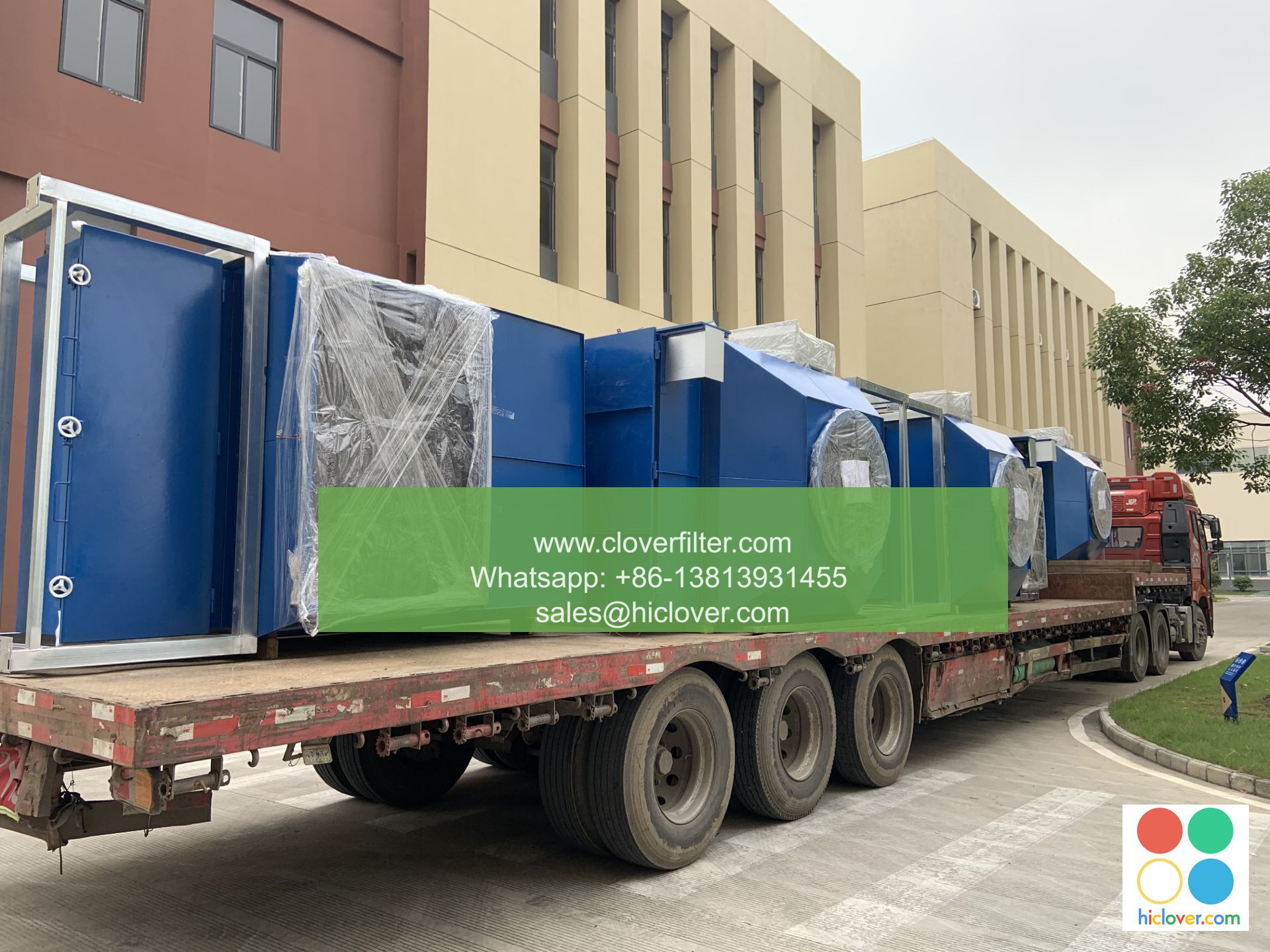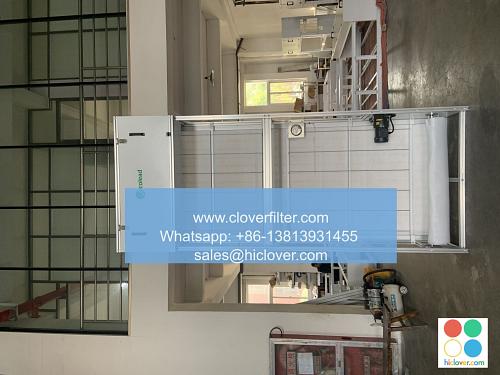How to Read an Air Filter’s Color Code

As we navigate the complexities of indoor air quality and heating, ventilation, and air conditioning (HVAC) systems, understanding the intricacies of air filter color codes is crucial for maintaining a healthy and energy-efficient environment. In this article, we will delve into the world of air filter color codes, exploring their significance, applications, and best practices for various industries, including commercial HVAC systems, industrial air filtration, and residential air quality management.
Understanding the Basics of Air Filter Color Codes
Air filter color codes are a standardized system used to identify the type and quality of air filters. These codes are typically displayed on the filter’s packaging or on the filter itself and provide vital information about the filter’s efficiency rating, particle capture capabilities, and compatibility with specific air handling systems. By deciphering these color codes, individuals can make informed decisions about their air filter selection, ensuring optimal indoor air quality and system performance.
Decoding the Color Code: A Step-by-Step Guide
To read an air filter’s color code, follow these simple steps:
- Identify the color code: Look for the color code on the filter’s packaging or on the filter itself. This code usually consists of a series of colors, each representing a specific aspect of the filter’s performance.
- Determine the filter type: The first color in the code typically indicates the filter type, such as pleated filters, fiberglass filters, or activated carbon filters.
- Check the efficiency rating: The second color usually represents the filter’s efficiency rating, which measures its ability to capture particles of a specific size. Common efficiency ratings include MERV (Minimum Efficiency Reporting Value) and HEPA (High Efficiency Particulate Air).
- Consider the application: The third color may indicate the filter’s application area, such as residential, commercial, or industrial.
- Commercial HVAC systems: Understanding air filter color codes is crucial for maintaining optimal indoor air quality and energy efficiency in commercial buildings.
- Industrial air filtration: In industrial settings, air filter color codes play a critical role in ensuring process control and product quality while minimizing air pollution and environmental impact.
- Residential air quality management: Homeowners can benefit from understanding air filter color codes to improve indoor air quality, reduce allergy symptoms, and prolong the life of their HVAC systems.
- Choose the right filter: Select an air filter that matches your specific needs and application area.
- Replace filters regularly: Regularly replace air filters to prevent filter degradation and maintain optimal system performance.
- Monitor filter performance: Continuously monitor filter performance to ensure it meets the required efficiency standards and air quality targets.
Applications and Industries: A Closer Look
Air filter color codes have far-reaching implications across various industries, including:
Best Practices for Selecting and Maintaining Air Filters
To get the most out of your air filters and ensure optimal air quality and system performance, follow these best practices:
By grasping the fundamentals of air filter color codes and applying this knowledge in various industries and applications, individuals can take a significant step towards creating healthier, more energy-efficient, and sustainable environments. Whether you’re a facility manager, HVAC technician, or homeowner, understanding air filter color codes is essential for making informed decisions about your air filter selection and maintenance.
Prompt


